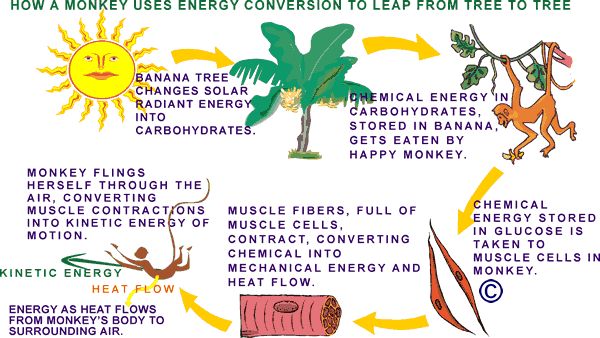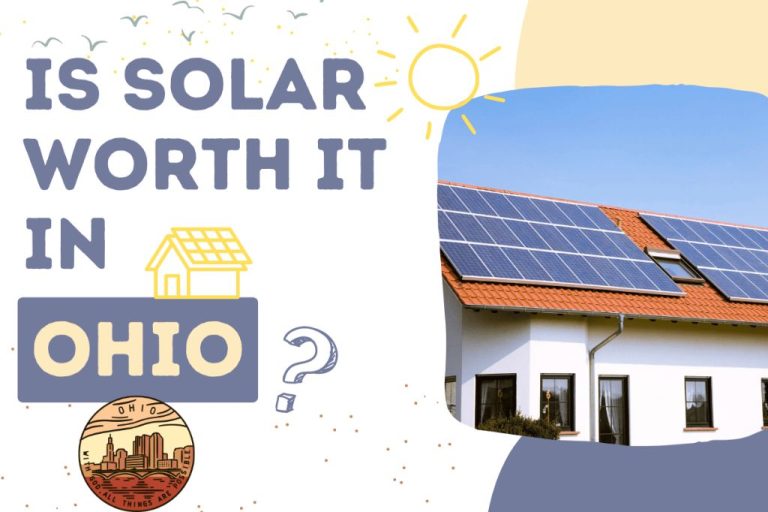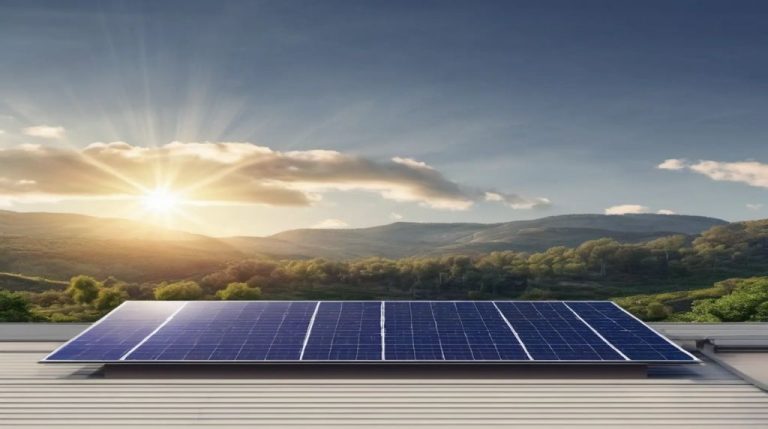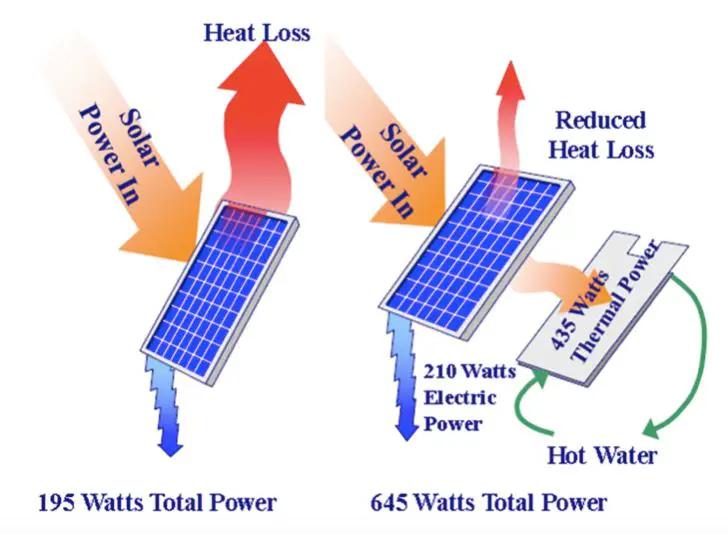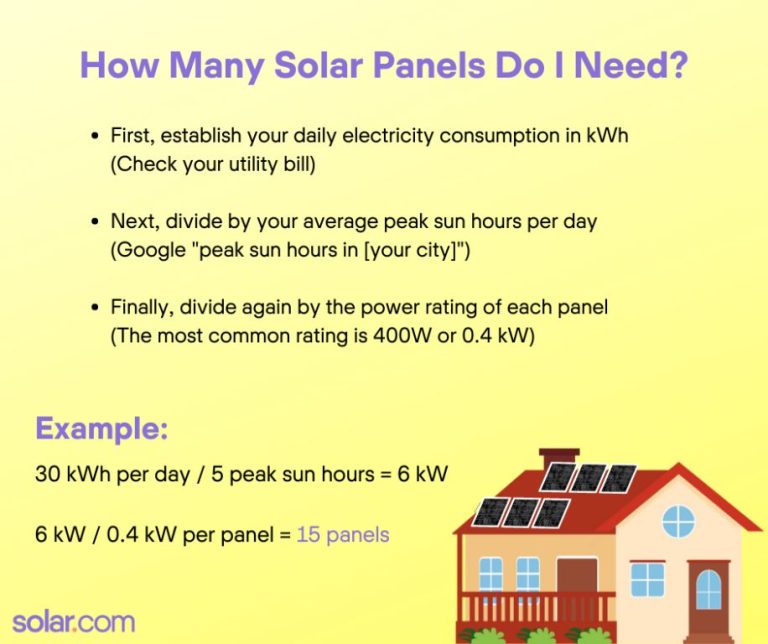What Limits Solar Panels?
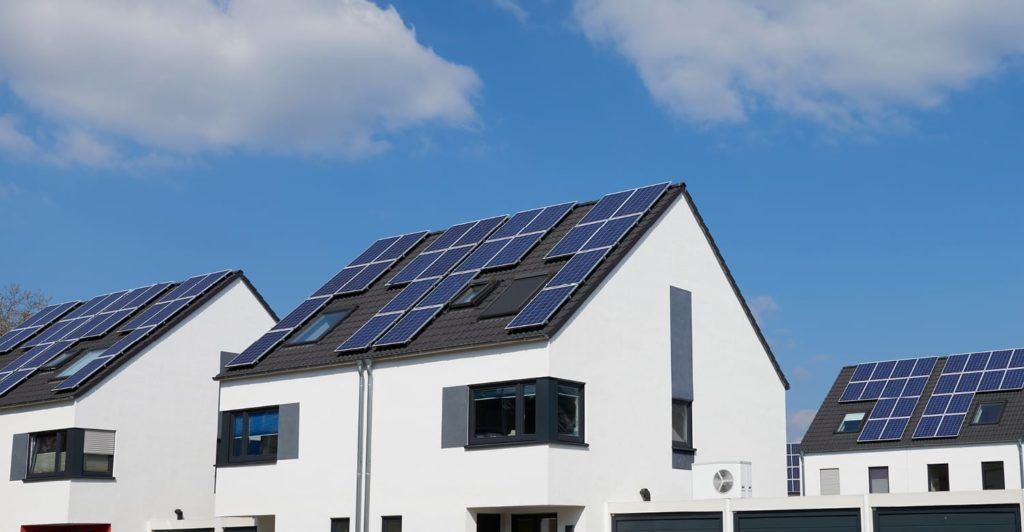
Solar panels have surged in popularity in recent years as an environmentally friendly way to generate electricity. They work by converting sunlight into electricity using the photovoltaic effect. Some key benefits of solar panels are reduced electricity bills, lower carbon emissions, energy independence, and reliability even in remote locations. While adoption of solar continues to grow, solar panels do have some limitations that prevent them from providing all of our energy needs.
In this article, we will explore the key factors that limit how much energy solar panels can provide, including efficiency, costs, intermittency, land usage, weather dependence, nighttime production, integration with the grid, and aesthetics. Understanding the current restrictions of solar technology can help guide future improvements to harness more of the sun’s abundant energy.
Efficiency Limits
Solar cells have theoretical efficiency limits based on the materials used and device design. In an ideal solar cell at standard test conditions, the maximum efficiency is around 33.7% for a single junction device, as described by the Shockley-Queisser limit (Solar Cell Design Principles, n.d.). This limit arises from unavoidable photon energy losses during light absorption and carrier thermalization. Researchers continue to push the boundaries of solar cell efficiency through advanced materials and novel device architectures.
In the lab, the highest confirmed efficiency reached for a single junction solar cell under 1-sun illumination is 26.7%, achieved in 2020 by researchers at UNSW Sydney using advanced silicon passivating contacts (Röhr et al., 2020). However, commercial silicon solar panels for rooftop applications typically operate at 15-22% efficiency. Factors like manufacturing costs, material purity and device optimization determine how close real-world solar panels come to the theoretical limits.
Multijunction solar cells made of stacked semiconductors can exceed single junction limits and have achieved up to 47.1% efficiency in the lab, but these designs are currently prohibitively expensive for widespread use (Röhr et al., 2020). Innovations in materials science and device engineering will continue pushing the boundaries of solar cell performance closer to the Shockley–Queisser limit.
Costs
Solar panels have higher upfront costs compared to fossil fuel power plants. The installation costs for a residential solar system ranges from $15,000 to $25,000 depending on the size of the system, type of panels, and location (Solar Run). In comparison, a natural gas power plant can cost around $700-$800 per kW capacity to build (EIA). However, over the lifetime of a solar system, the fuel is free once installed, while fossil fuels have ongoing costs for fuel purchases.
While solar has no fuel costs, the panels do degrade over time, losing around 0.5-1% of their efficiency per year (EnergySage). So after 25-30 years, the panels may need to be replaced, incurring new capital costs. Still, the 30-year lifetime costs of solar power are estimated to be comparable or lower than fossil fuel electricity on a per kWh basis (SEIA).
For residential consumers, solar panel installation can pay for itself in energy savings within 7-15 years in many cases (Solarise Solar). This payback period makes solar an attractive long-term investment. While natural gas may be cheaper upfront to install, its fuel costs over decades of operation can make solar competitive over the system lifetime.
Intermittency
One of the biggest challenges with solar power is its intermittent nature, meaning it only generates electricity when the sun is shining (Haas). Solar panels do not produce energy at night or when it’s cloudy, which can make solar an unreliable energy source. This intermittency issue requires solutions for energy storage or supplemental power generation for times when solar is not available (Haas).
The amount of sunlight that hits solar panels varies throughout the day and seasons of the year. Solar generation peaks around noon on clear days but drops off to zero at night. Clouds and storms also limit solar electricity production. This variability and uncertainty make it difficult to integrate large amounts of solar onto the electric grid while maintaining reliability (Haas).
To overcome solar intermittency, some options include adding battery storage, connecting to hydropower that can quickly ramp up when solar drops off, or maintaining natural gas or other power plants that can serve as backup generation sources. Without storage or supplemental sources, solar on its own often cannot provide reliable continuous electricity to meet demand (Haas).
Land Usage
Solar farms require a significant amount of land area to capture enough sunlight. According to Solar Farm Land Requirements, it takes around 6 to 8 acres to generate 1 MW of solar power. For a utility-scale solar farm producing over 20 MW, the land requirements would be over 120 acres at minimum.
This is considerably more land area than other energy sources need. For example, a similarly sized 20 MW natural gas power plant would only require a few acres. Even wind farms, which also need substantial space, require around 50 acres per 10 MW generated. So solar power has a much larger land usage footprint than other major energy sources.
The amount of land required limits where utility-scale solar farms can be sited. Large, flat, open areas are needed, preferably with high sun exposure. This restricts solar farms to more rural locations and makes them difficult to site near major population centers.
Weather Dependence
Solar panel output is highly dependent on weather and climate conditions. Sunny, cloudless days provide ideal conditions for solar panels to generate electricity. According to Solar Alliance, solar panels operate at peak efficiency on sunny days when they can absorb plenty of sunlight without excessive heat or humidity. On cloudy days, solar panel output can decrease dramatically. Estimates are that panels will produce 10-30% as much electricity on very cloudy days versus sunny days, as noted by Paradise Solar Energy. However, solar panels can still generate some electricity even in foggy or rainy weather, just at reduced output.
Regional climate is a major factor in solar panel productivity. Sunnier regions like the Southwest United States see more consistent solar output through the year. Cloudier northern regions have much lower total annual solar energy production. But even in the sunniest areas, weather variability day-to-day and month-to-month impacts solar panel output.
Nighttime Limitations
One of the biggest limitations of solar panels is that they cannot produce power at night without some form of energy storage (How to get solar power at night). Solar panels work by converting sunlight into electricity. At night when the sun goes down, there is no light for the solar panels to convert, so they stop producing electricity (science.howstuffworks.com/environmental/green-tech/energy-production/solar-energy-night.htm). This means that solar panels alone cannot provide power 24/7.
Batteries can store excess solar electricity produced during the day for use at night. However, most residential battery systems only have enough capacity to power critical loads and not the whole home all night long. Large-scale energy storage solutions would be needed to allow solar to power entire grids through the night, but this technology is still in development.
For solar power systems without integrated storage, an alternative grid source of electricity is needed at night, such as the utility grid, a fossil fuel generator, or other renewable sources like wind or hydro that can produce at night.
New technologies like offshore floating solar panels with wave energy storage are also being researched, but are not commercially viable yet. Overall, the inability of solar panels to keep producing electricity overnight without integrated storage remains a key limitation.
Grid Limitations
Integrating large amounts of solar power into the electrical grid presents several challenges. First, solar power output can fluctuate throughout the day and is intermittent depending on weather conditions. This variability can be difficult for grid operators to manage (Tmilinovic).
Second, solar energy is typically produced during the day when electricity demand is lower. But demand peaks in the evening when solar production declines. This mismatch between supply and demand is problematic (Tmilinovic).
Third, areas with lots of solar generation can see two-way power flows on distribution lines that are designed for one-way flow. This can cause voltage, frequency, and protection issues that need to be addressed (Tmilinovic).
Overall, the intermittency and variability of solar power presents integration and grid management challenges that need to be overcome as solar deployment increases. Solutions like energy storage, demand response, grid upgrades, and forecasting will be key.
Aesthetics
Some homeowners and businesses find the look of traditional solar panels undesirable or incompatible with the aesthetics of their property. The reflective surfaces and industrial appearance of traditional panels can be considered an eyesore by some critics. However, new advances in solar technology provide more options to address these aesthetic concerns.
For residential homes, integrated solar shingles or tiles allow panels to blend seamlessly into the roof ([1]). These roofing products look just like conventional asphalt or slate shingles but embed solar cells to generate power. For a sleek, modern look, there are also solar panels with all-black framing and cells.
Transparent solar panels are another innovative solution that allows light to pass through while still generating electricity ([2]). These can be mounted over windows or skylights to avoid compromising views. For businesses with glass storefronts or atriums, transparent panels are an effective way to harness the sun’s energy without detracting from the building’s design.
Careful placement, landscaping, and screening strategies can also help solar arrays complement their surroundings rather than clash with them. With many options now available, solar does not have to be an eyesore if aesthetics are a consideration.
[1] https://energy5.com/addressing-aesthetic-concerns-solar-panels-in-small-business-settings
[2] https://ambience.ca/aesthetic-considerations-when-planning-for-solar-panels/
Conclusion
In summary, solar panels do face some key limitations that constrain how much they can contribute to our energy needs. Efficiency limits of commercial solar panels means they can only convert 20-22% of sunlight into electricity. Costs are still higher than fossil fuels in most locations. Solar output is intermittent, varying throughout the day and year. Large land areas are required for utility-scale solar farms. Weather and lack of sunlight at night also cap solar’s potential. Connecting a high amount of solar power to the grid poses technical challenges too. Despite these limits, solar photovoltaics can still play an important role in the renewable energy mix thanks to rapidly improving technology that is driving down costs.

